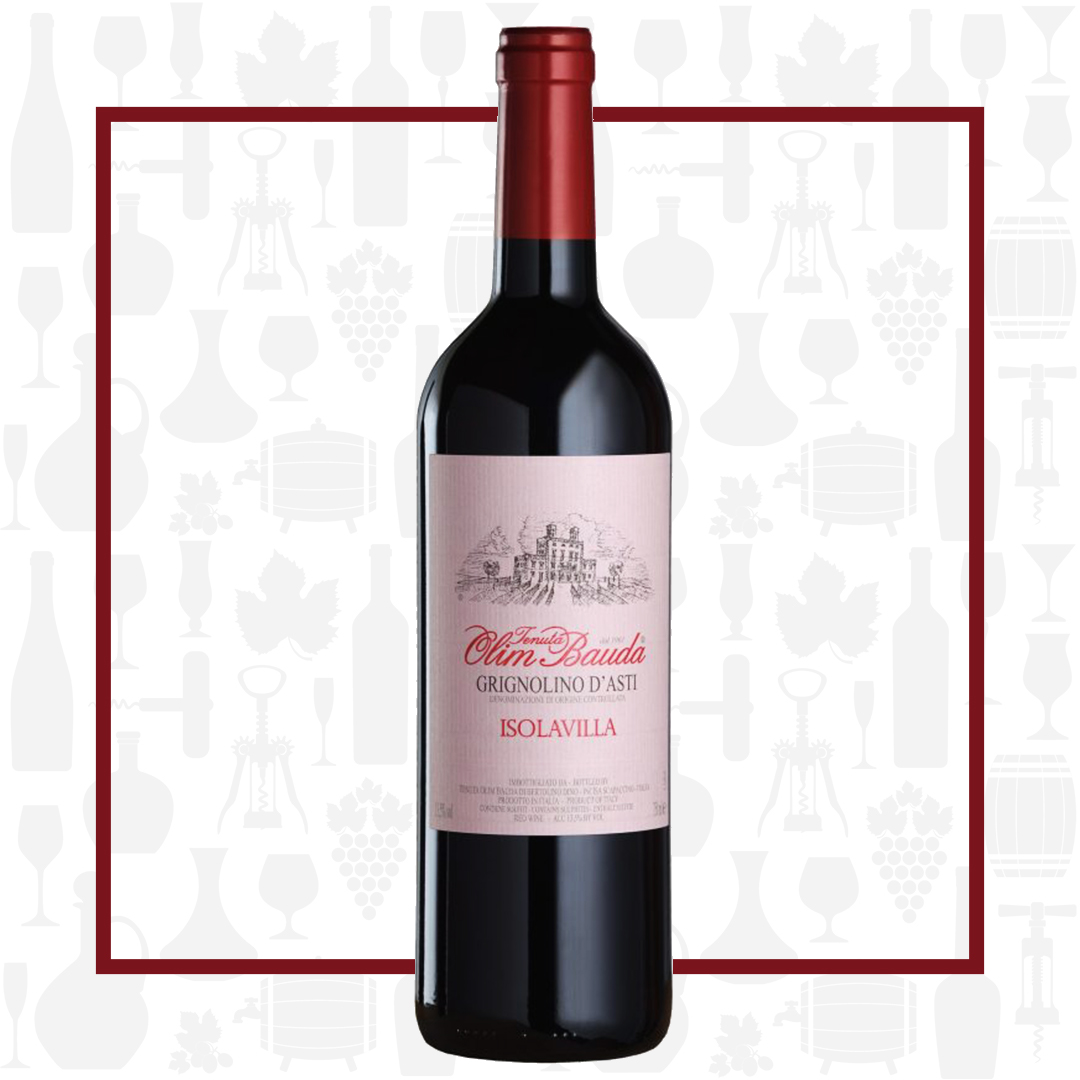Cellar Profile
The Bertolino family’s origins are in the village of Castelnuovo Calcea, in the Asti district of Piemonte. There, more than a century ago, the family began their venture in both winemaking and the wine trade. In the 1920s, the family moved to the neighbouring commune of Nizza Monferrato and the first Bertolino license to sell wine was dated there, on June 18th, 1927. In 1961, the family bought the villa Bauda at Incisa Scapaccino. They created the “Tenuta Olim Bauda” that soon became famous for Freisa, Moscato and, above all, Barbera. Following the tragic death of Bertolino Sr. in 1985, the family was forced to close the winery and sell their prized fruit to other producers in the area. In 2000, the family decided to reestablish the winery and its winemaking traditions. Today, the estate is owned and operated by the three Bertolino siblings: Dino, Diana and Gianni. Their wines are at once modern and classic, loaded with fruit, intensity and brawn and backed by elegance, structure and refinement.
Region
An outstanding high-quality wine region in northwest Italy, widely considered the country’s most stable and evolved viticultural area. Its temperature and rainfall mirror Bordeaux. The vast majority of Piedmont’s terrain is mountainous or hilly, creating optimum elevated vineyard sites for the region’s best varieties. Of those, Nebbiolo enjoys the greatest notoriety and acclaim. The grape reaches its highest potential in the sub-regions of Barolo and Barbaresco where it is made into incredibly structured, complex, and ageworthy wines. Approximately half of Piedmont’s vineyards are planted with Barbera. The past thirty years have seen significant improvement in Barbera-based wines, with some commanding price levels that approach those of Barolo and Barbaresco. Prior to 1980, white wines were, for the most part, an afterthought, but they are now gaining acclaim and popularity in Italy and abroad. Of particular interest is the resurgence of Gavi, made from the Cortese grape, and the low-alcohol, frizzante Moscato d’Asti.
Vineyard
Located in the commune of Nizza Monferrato, the Olim Bauda vineyard soil profile is alluvial (sedimentary deposits) on top of clay sandy marls. Grapes are trained via Guyot system. This vineyard is planted with Moscato and Barbera. Barbera plantings date to 1979 and 2000. The Olim Bauda site is one of the warmest in Asti, allowing Barbera to fully ripen and show its great potential. The sandier soils in the vineyard are perfect for growing Grignolino.
Winemaking
Hand-selected grapes from 65-year-old Grignolino vines planted on sandy white marl soils are pressed the same evening and placed in stainless steel vats for alcoholic fermentation at a controlled temperature that does not exceed 28°C. The maturation of the wine continues in the steel vats until bottling.
Varieties
Indigenous to Piedmont, Grignoligno’s name is derived from the Italian word grignole, which means “seed”, as the grape has tons of them and care must be taken not to crush those seeds and add astringency to the wines. Known to be a fussy variety, similar to Pinot Noir, it is best grown in sandier soils. The skins are light in pigment, so the wines tend to be a little dull in colour and lighter in body than many of the other Piedmontese varieties. The best versions of this grape come from Monferrato, particularly in the areas around Asti.
Tasting Notes
Delightful, delicate nose of pine, fennel, dried spring flowers and a hint of white pepper. Bright, lively and savoury on the palate. This is a great choice for vegetarian pastas or hard cheeses.

